As seagulls cried and the smell of the ocean filled the air, Bill Needleman welcomed a group of people on an event-filled tour of Portland’s waterfront.
Saturday was the seventh annual “Walk the Working Waterfront.” Free to the public and managed by the New England Ocean Cluster, it was an open house of the people, businesses and organizations that make up Portland’s ocean economy.
“I call this my on-site, real-time, full-scale, in-person PowerPoint. We’ll talk about what we see,” said Needleman, the city of Portland’s waterfront coordinator. On his tour were places the public doesn’t often see, such as Portland’s Fish Exchange and the equipment, trucks and vessels that are all part of the bustling scene.
Indeed, the event showed off what isn’t always visible by driving down Commercial Street.
The waterfront holds 13 wharves and piers: Holyoke, Hobson’s, Wright’s, Merrill’s, Union, Widgery, Chandler’s, Long, Custom House and Maine wharves, and the Portland Fish Pier, Portland Pier and Maine State Pier.
There were demonstrations, tours of a U.S. Coast Guard boat and Portland’s fireboat, as well as a “meet a lobsterman” event at Union Wharf.
People on the tour got to see the lobster buy station at Luke’s Lobster, fishing gear at Maine Fisheries on Merrill’s Wharf, and to sample monkfish stew at the Maine Coast Fishermen’s Association.

Visitors to the working waterfront in Portland approach the Coast Guard Cutter Sitkinak, which was open for tours as part of the “Walk the Working Waterfront” event Saturday. Shawn Patrick Ouellette/Staff Photographer
The waterfront day was well attended, with many people clutching brochures on crowded Commercial Street.
One demonstration was given by Walt Golet, a University of Maine professor and part of the science team at the Gulf of Maine Research Institute.
Standing in front of a bluefish tuna head, Golet wore gloves and orange overalls as he prepared to perform a dissection of the head.
Maine has a vibrant bluefin tuna fishery, both commercial and private, he said. Bluefin tuna are highly migratory, swimming from the Gulf of Maine to Europe. Typically tuna arrive in May and leave the Gulf of Maine in October or November. During the summer, bluefin tuna can be seen as they swim as close as 80 yards from the shore, Golet said. “They’re truly magnificent.”
He asked his helpers from the audience, young brothers Jacob and Elliot Brimmer of Dover, New Hampshire: Why do the bluefin tuna summer in Maine?
To fish, Jacob answered.
“That’s correct. They come to eat. The Gulf of Maine is their Becky’s Diner,” Golet joked. When ordering bluefin tuna in a restaurant or buying it in a fish market, consumers can feel good about it, Golet said, noting that the population of the fishery is healthy. Bluefin tuna are regulated to limit catches.
Tuna can grow to be 12 feet long and weigh 1,500 to 2,000 pounds, with the average being 300 to 500 pounds and 7 1/2 feet long.

Walt Golet, an assistant professor at the University of Maine’s School of Marine Sciences and a research scientist at the Gulf of Maine Research Institute, dissects a tuna head in front of a crowd participating in the “Walk the Working Waterfront” event Saturday. Shawn Patrick Ouellette/Staff Photographer
With the Brimmer brothers assisting, Golet dissected the tuna’s head, cutting out the eye, the ear canal, muscle tissue and the brain.
A bluefin tuna may be big, but its brain is tiny, the size of a thumbnail. Despite that, bluefin tuna cross the Atlantic Ocean in a year and know to return to the same spot each summer. “It’s amazing,” Golet said.
By studying a part of the fish that commercial fishermen don’t use, namely the head, scientists can learn about a bluefin’s age, health and family members, as well as the region of the Atlantic where that fish originated.
After the dissection demonstration, Jacob Brimmer, 10, said “it was kind of gross, but cool.”
Back on the sidewalk of Commercial Street, Ed and Amy Francis of Kennebunkport held the event’s map and said they were happy to have explored the working waterfront. “It’s so cool that we went down the Widgery Wharf,” she said. “I’ve never been down there,” he said, adding the day’s events were highly organized.
Needleman, who led the tour, said it is important that the public sees and understands the working waterfront. “It’s part of our economy, our heritage and it’s going to be an important part of our future. The ocean’s the largest thing on Earth.”
Getting a closeup view of the working waterfront helps the public understand what happens, Needleman said, “so that we can better value and continue the working waterfront.”
Send questions/comments to the editors.


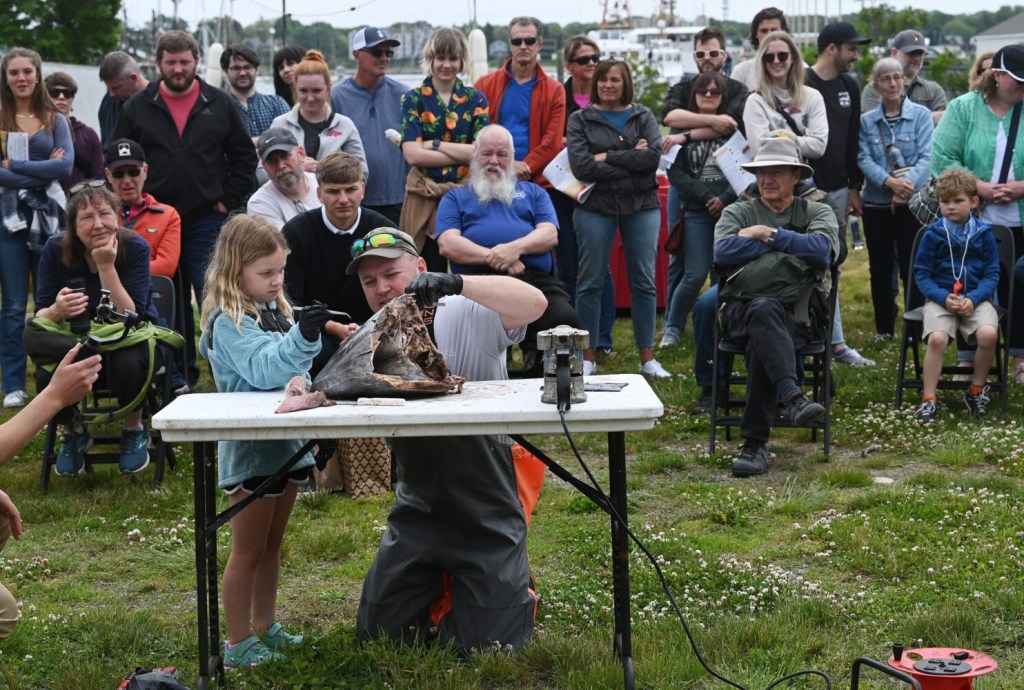
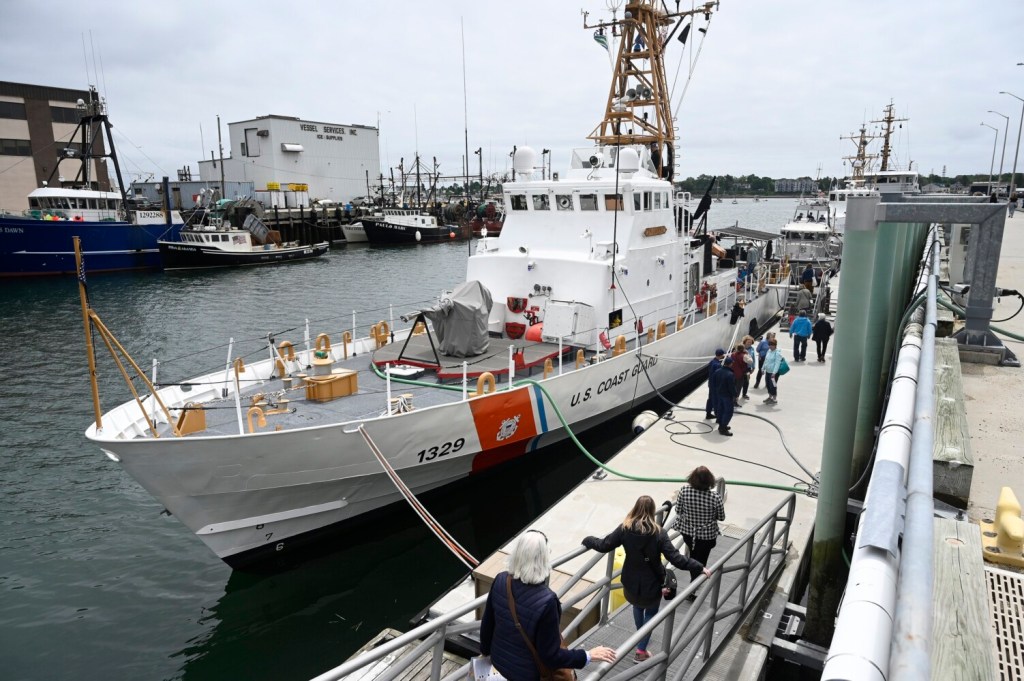
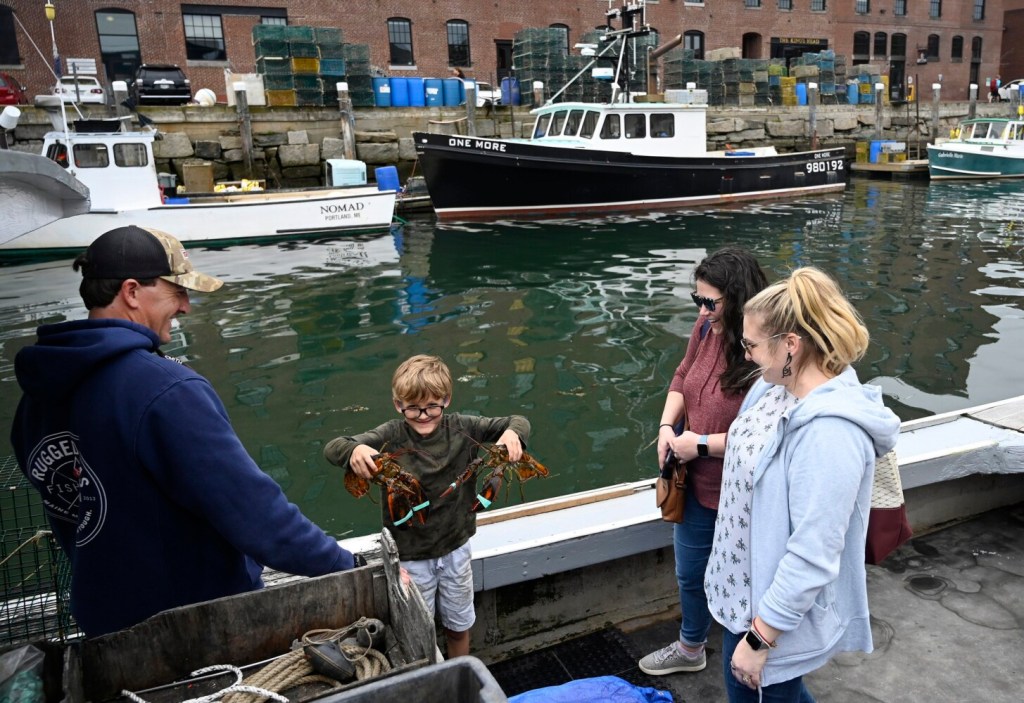

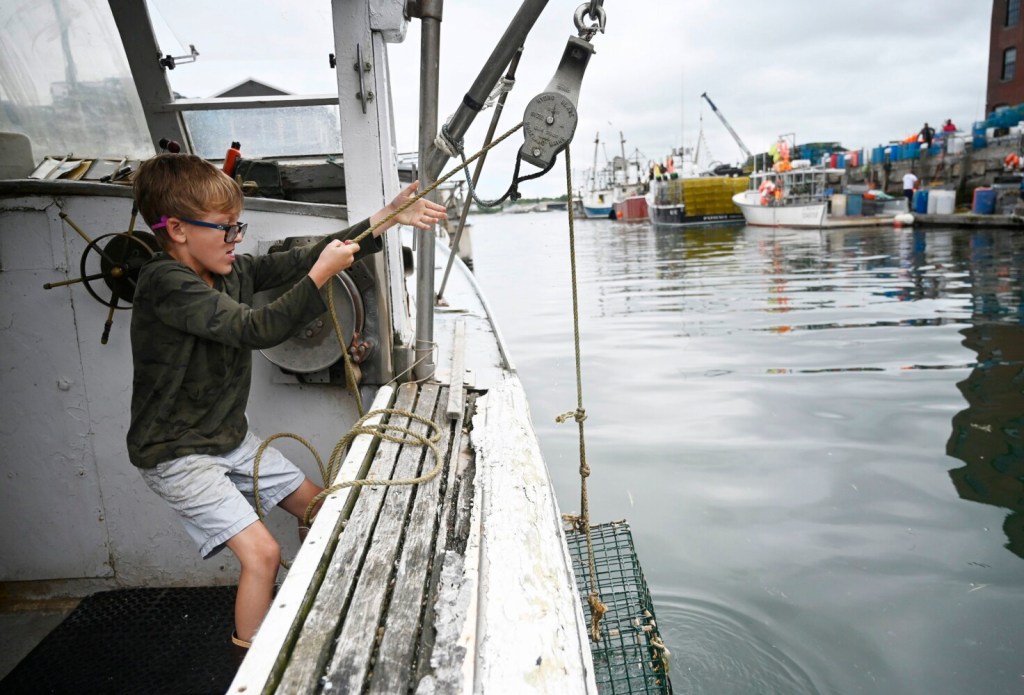
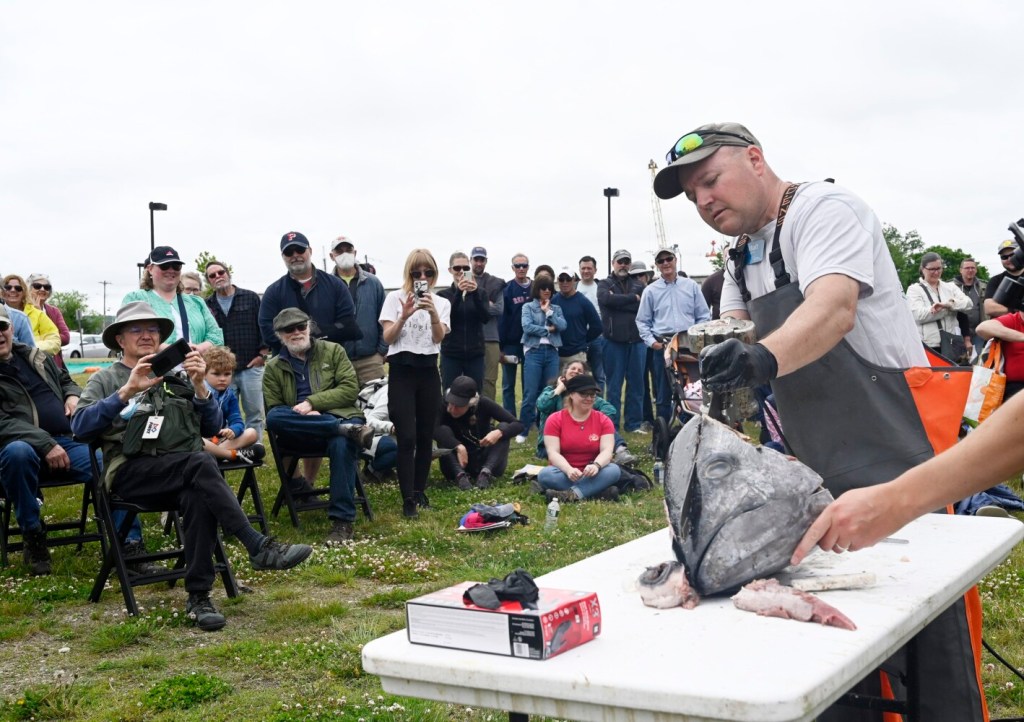


Success. Please wait for the page to reload. If the page does not reload within 5 seconds, please refresh the page.
Enter your email and password to access comments.
Hi, to comment on stories you must . This profile is in addition to your subscription and website login.
Already have a commenting profile? .
Invalid username/password.
Please check your email to confirm and complete your registration.
Only subscribers are eligible to post comments. Please subscribe or login first for digital access. Here’s why.
Use the form below to reset your password. When you've submitted your account email, we will send an email with a reset code.